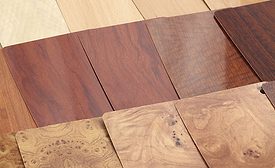Home » Sustainability in Coatings
Articles Tagged with ''Sustainability in Coatings''
Sustainability in the Coatings Industry
What Lies Beyond ‘Business as Usual’ Improvements?
Read More
Keep the info flowing with our eNewsletters!
Get the latest industry updates tailored your way.
JOIN TODAY!Copyright ©2024. All Rights Reserved BNP Media.
Design, CMS, Hosting & Web Development :: ePublishing











